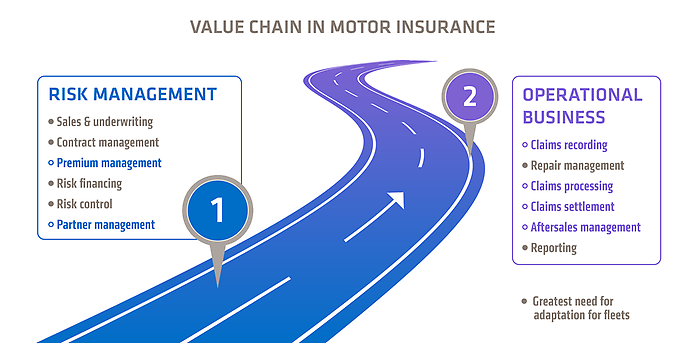The mobility market is changing. The needs of younger mobility customers (millennials) in particular are shifting from vehicle ownership to pure usage, partly due to the mega trends known as ‘C.A.S.E.’: Connected (IoT), Autonomous, Shared and Electric. This means that the fleet market is growing, and with it the demand for fleet insurance.
In Europe, significantly more new cars are already registered to fleets than to private individuals on average – and this proportion is rising steadily. (Re)entering this market can help insurers maintain their overall profitability over the coming decade.


